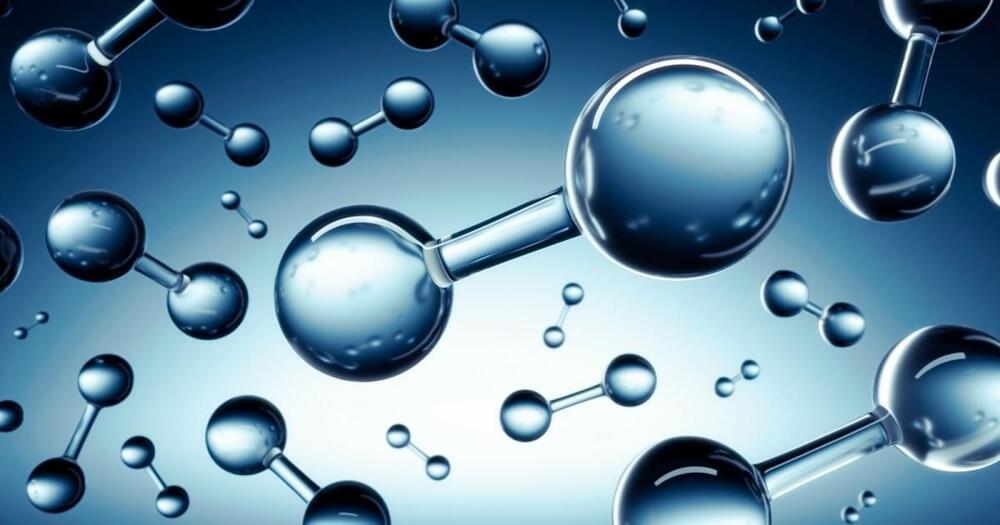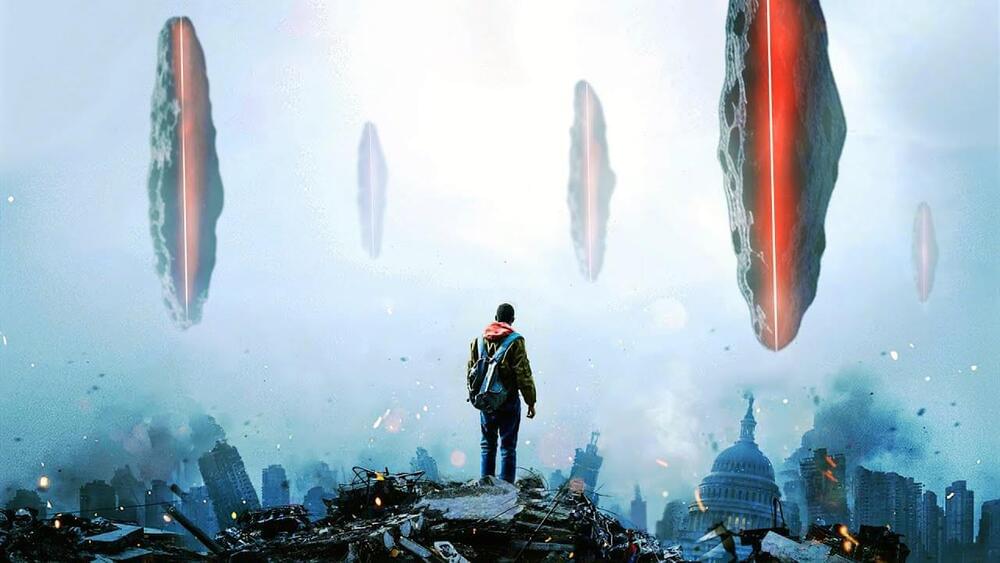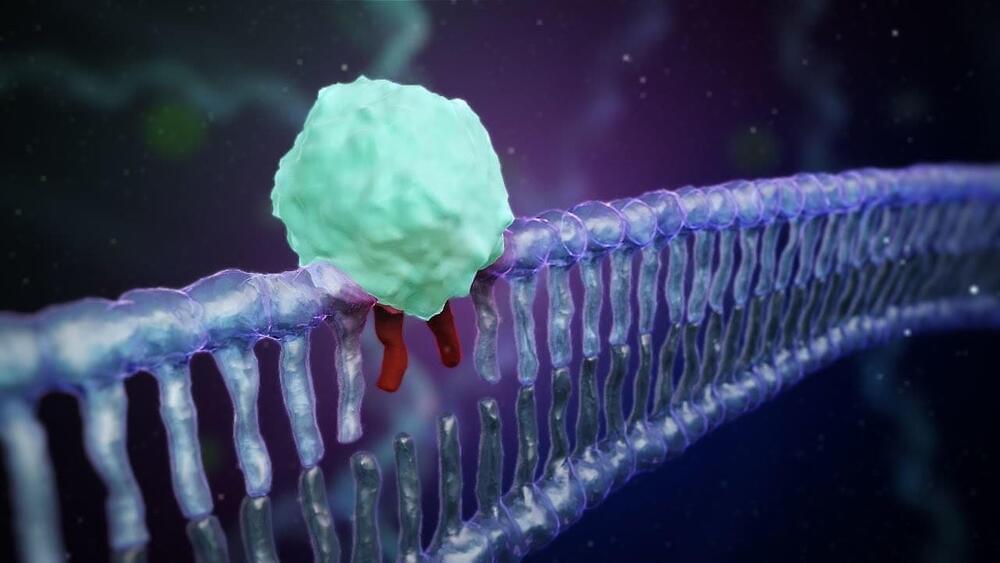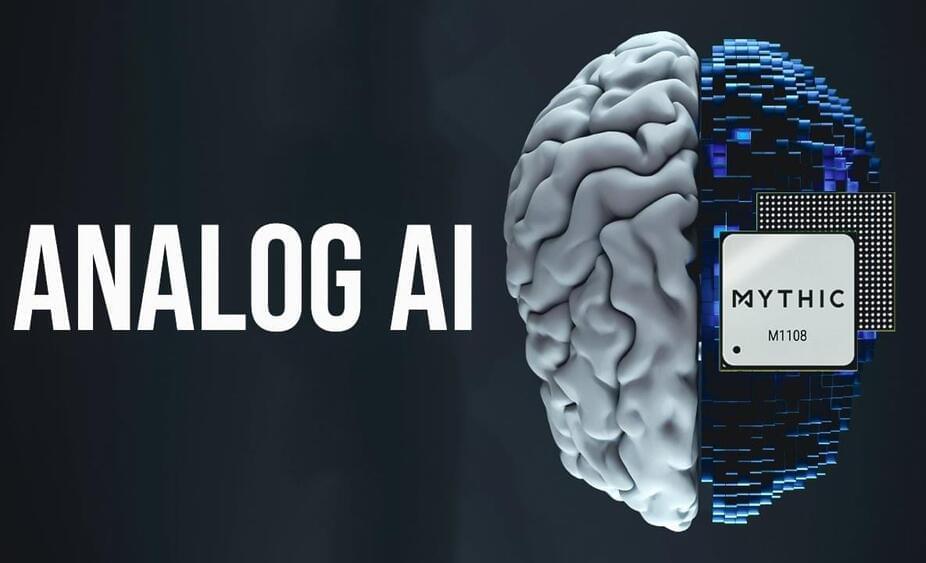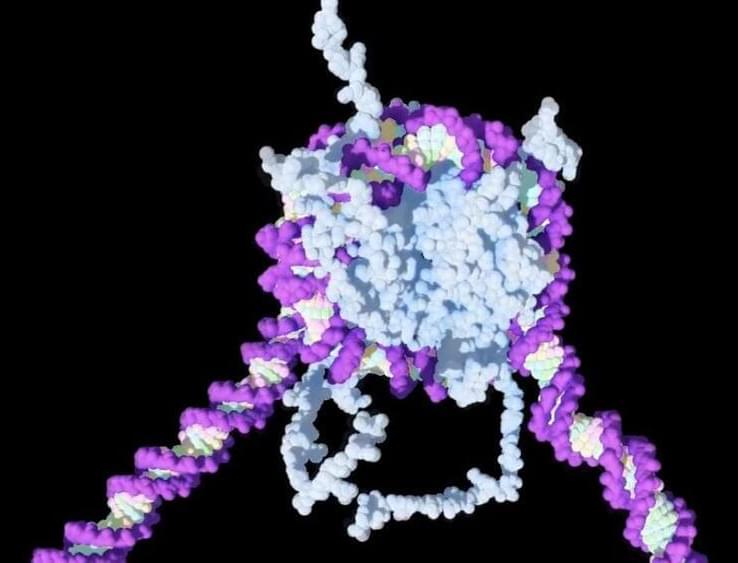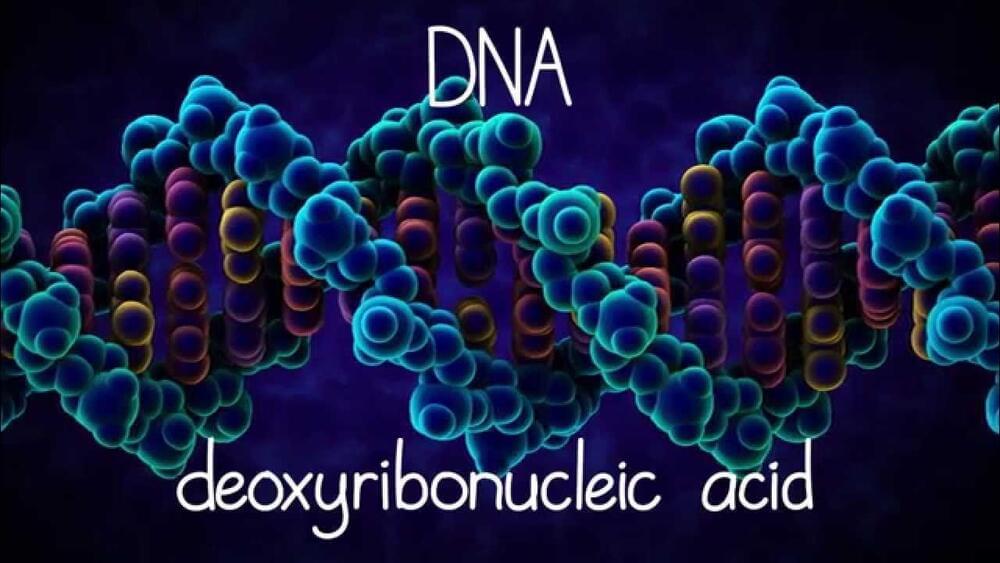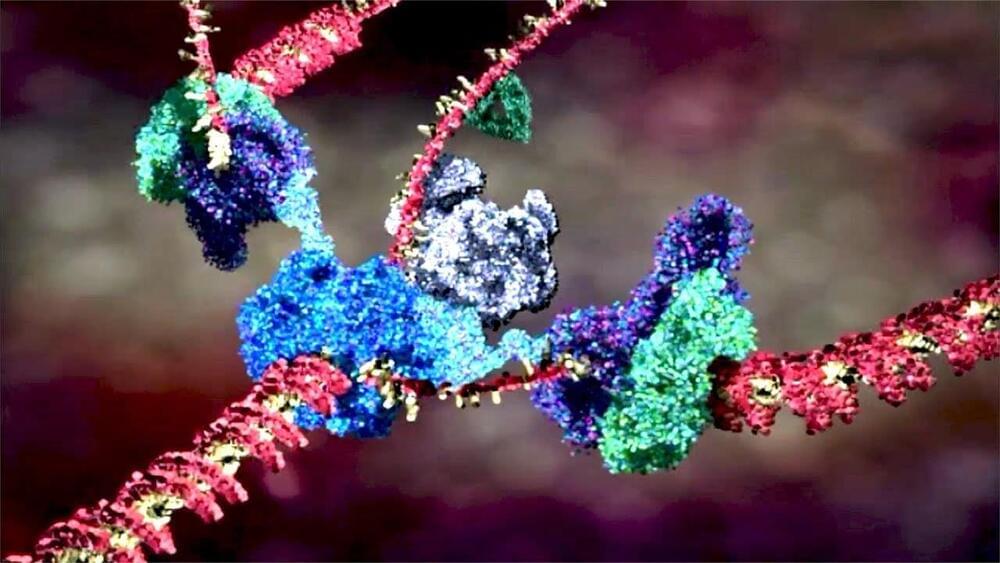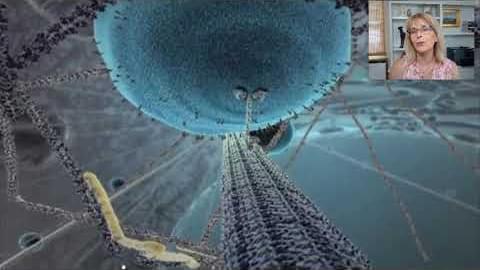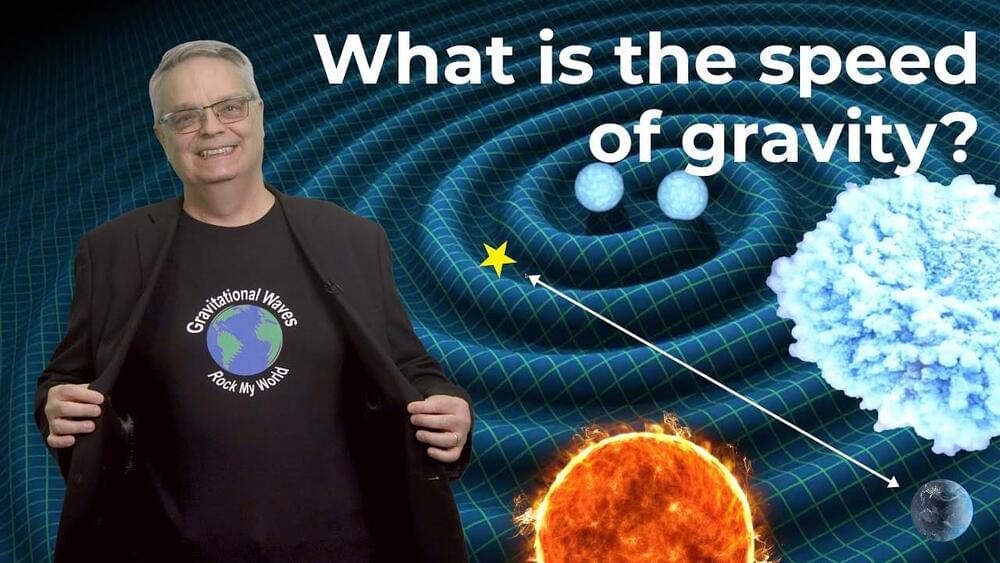Oddly enough nearly 50 percent of the trees near the abomb blast in japan survived 😀
In the city of Nagasaki, there are dozens of hibaku trees, or “A-bomb trees” that show scars from the heat and blast of the atomic bombing 74 years ago. People in the city see the trees as eyewitnesses of the attack and take extra care of them.
The two oak trees in Sachiko Yamashita’s garden have long gashes all the way down their trunks. These are the physical scars of the 1945 bombing.
Sachiko’s husband Torasaburo looked after the trees until his death five years ago. When the atomic bomb was dropped on Nagasaki, Torasaburo was away from home for military service. The bomb killed his four younger brothers and turned his home to ash. The only things left for him were the two oak trees.

